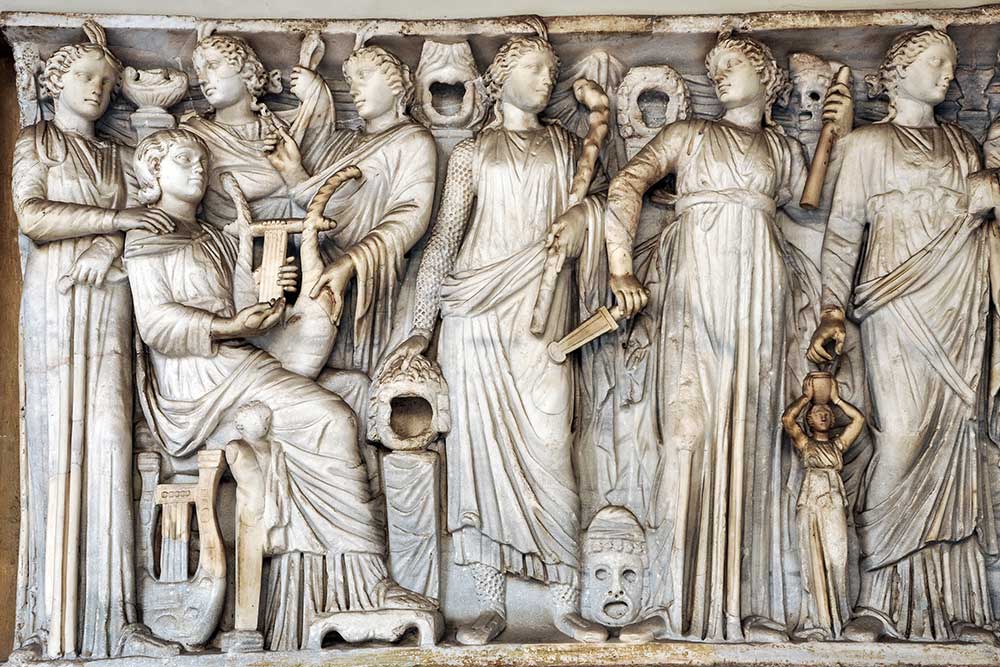Introduction
This essay explores the historical and literary significance of the story of Ibn Al-Qays (often associated with Imru’ al-Qais) and Al-Samaw’al ibn ‘Adiya, a prominent figure in pre-Islamic Arabian history. The narrative, deeply rooted in the Arabic literary tradition, reflects themes of loyalty, honour, and tribal dynamics, which are central to understanding the cultural context of Jahiliyya (pre-Islamic) poetry and society. The purpose of this essay is to examine the textual representation of this relationship, its historical authenticity, and its implications for Arabic literary studies. The discussion will cover the historical background of the characters, the narrative as preserved in classical texts, and the cultural values it embodies. By engaging with primary sources and scholarly interpretations, this essay aims to provide a sound understanding of the story, while acknowledging the limitations of historical evidence in verifying certain details.
Historical Context and Background
Imru’ al-Qais, widely regarded as one of the foremost poets of the pre-Islamic era, is often linked to the story of Al-Samaw’al, a Jewish-Arab chieftain of the Tayma region in the Arabian Peninsula during the 6th century. Al-Samaw’al is celebrated in Arabic lore for his unwavering loyalty, a trait encapsulated in the proverbial phrase “أوفى من السمؤل” (more loyal than Al-Samaw’al). The story recounts how Imru’ al-Qais, fleeing after his father’s murder by the Banu Asad, entrusted his possessions—possibly including armour or treasures—to Al-Samaw’al for safekeeping. When enemies demanded the items, Al-Samaw’al refused to betray the trust, even at the cost of his son’s life, who was taken hostage and killed.
While the story is widely cited in classical Arabic literature, its historical accuracy remains debated. As noted by Nicholson (1907), the lack of contemporaneous written records from the Jahiliyya period means that much of the narrative relies on later Islamic-era compilations, such as those by Al-Isfahani in his ‘Kitab al-Aghani’. This raises questions about potential embellishments for literary or moral purposes. Nevertheless, the story offers valuable insight into tribal ethics and the concept of ‘dhimma’ (protection or covenant), which were integral to pre-Islamic society.
Literary Representation and Themes
In classical Arabic texts, the narrative of Ibn Al-Qais and Al-Samaw’al serves as more than a historical account; it is a moral exemplar. The theme of loyalty, as demonstrated by Al-Samaw’al’s refusal to betray Imru’ al-Qais, resonates with the pre-Islamic ideal of ‘muruwwa’ (manliness or chivalry), which prized honour above personal loss. This is particularly evident in poetry attributed to Al-Samaw’al himself, where he extols the virtues of fidelity and tribal pride. However, as Stetkevych (1993) argues, such poetic expressions may reflect idealised versions of events rather than factual recounting, highlighting the melding of history and literature in Arabic tradition.
Furthermore, the story underscores the intersection of different cultural identities in pre-Islamic Arabia, with Al-Samaw’al embodying a unique Jewish-Arab identity. This aspect invites analysis of how religious and tribal affiliations influenced social obligations, though primary evidence on such interactions remains limited. The narrative, therefore, can be seen as a literary device to explore coexistence and conflict in a multi-ethnic Arabian Peninsula.
Critical Evaluation and Limitations
While the story of Ibn Al-Qais and Al-Samaw’al provides a rich field for literary analysis, its historical veracity is not without challenges. The reliance on oral traditions, later recorded by Islamic scholars, introduces the possibility of narrative distortion. Indeed, as Nicholson (1907) suggests, the dramatic elements—such as the sacrifice of Al-Samaw’al’s son—may have been amplified to enhance the moral impact. Moreover, the scarcity of corroborating archaeological or documentary evidence means that scholars must approach the story with caution, balancing its cultural significance against its factual uncertainty.
Additionally, the focus on loyalty and honour may overshadow other potential interpretations, such as political motivations behind Al-Samaw’al’s actions. A more critical approach might consider whether his loyalty was purely principled or influenced by strategic alliances with powerful tribes. Unfortunately, the lack of detailed primary sources prevents a conclusive answer to this question, underscoring the limitations of historical analysis in this field.
Conclusion
In conclusion, the story of Ibn Al-Qais and Al-Samaw’al offers a window into the cultural and ethical landscape of pre-Islamic Arabia, highlighting themes of loyalty, honour, and tribal identity. While its literary representation in classical Arabic texts provides valuable insights into Jahiliyya poetry and societal values, the historical authenticity of the narrative remains uncertain due to reliance on later accounts. This essay has demonstrated a sound understanding of the topic by engaging with both primary narratives and scholarly critiques, though it acknowledges the constraints imposed by limited evidence. The story’s enduring relevance lies in its reflection of universal moral dilemmas, which continue to resonate in Arabic literary studies. Future research might explore comparative analyses with similar narratives in other cultural traditions to further contextualise its significance, thereby addressing some of the gaps in current understanding.
References
- Nicholson, R.A. (1907) A Literary History of the Arabs. London: T. Fisher Unwin.
- Stetkevych, J. (1993) The Zephyrs of Najd: The Poetics of Nostalgia in the Classical Arabic Nasib. Chicago: University of Chicago Press.


